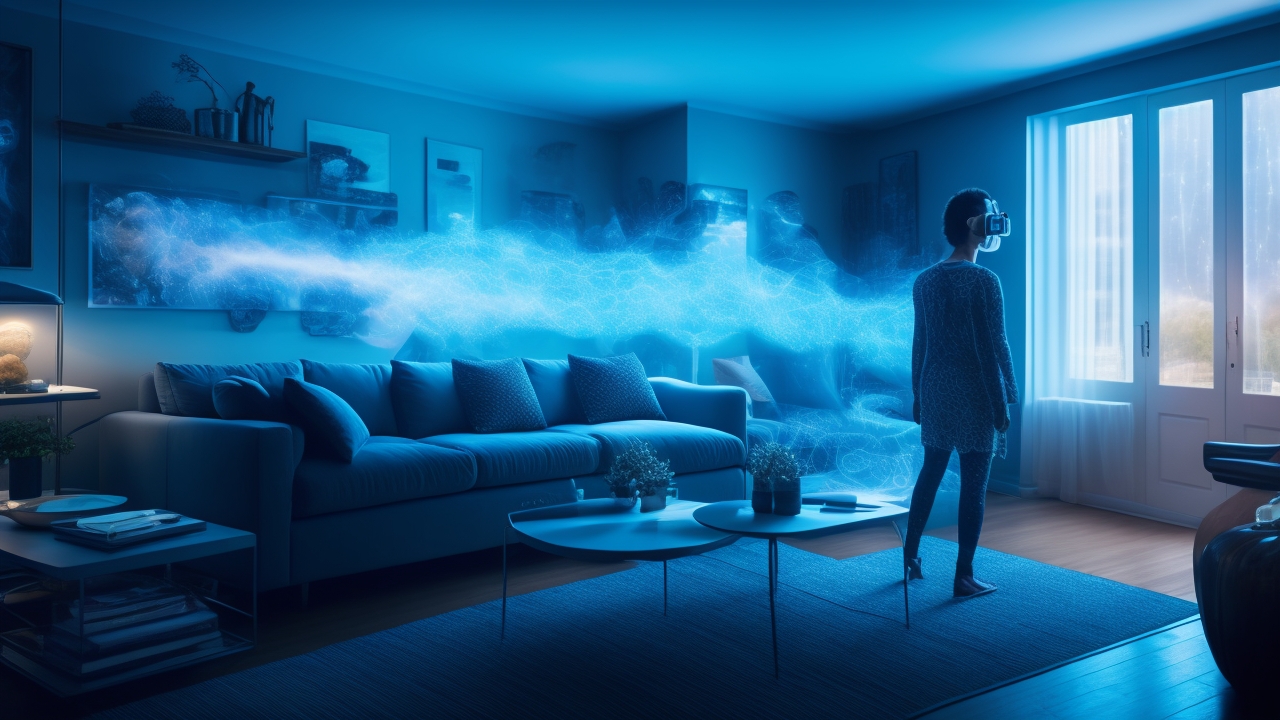Picture slipping on a headset and suddenly, spirits swirl around you—some whisper, others dance through walls that feel as real as your own home. In 2025, that isn’t a fantasy or a haunted house illusion; it’s the new face of supernatural exploration. Paranormal mysteries are leaping from dimly lit basements onto global stages, guided by a community more connected and technologically empowered than ever before.
The Digital Séance: Why Tech Now Drives Paranormal Research
For over a century, chasing ghosts meant dusty equipment and late-night vigils in abandoned buildings. But the supernatural’s hottest trend is its digital transformation. Boot up TikTok or Instagram and you’ll find livestreams from haunted castles, real-time EMF readouts, and user-driven analysis of unexplained phenomena. According to the 2024 RealClear Opinion Research survey, 61.4% of Americans say they believe in ghosts, an all-time high that reflects a shift in not just beliefs, but how we explore the unknown.
What’s changed? The answer lies at the intersection of community and technology. Ghost hunting no longer demands joining a secretive club or expensive travel. Instead, paranormal tourism is surging: a report by American Ghost Walks states that 78% of tour operators now consider social media their most effective channel, driving over 60% of their bookings. The TikTok hashtag #paranormal boasts millions of posts, and influencers like @cvnela are sparking communal conversations that span continents.
From EMF Apps to Holographic Hauntings: Tools of the New Supernatural
If you’ve downloaded a ghost-hunting app this year, you’re not alone. Once reserved for the skeptical or the brave, digital tools now let anyone scan for anomalies using little more than a smartphone. Push notifications alert users to spikes in electromagnetic activity—sometimes at home, sometimes when passing historic sites. These DIY investigations are no longer fringe activities; they’re central to the evolving landscape of paranormal research.
The leap doesn’t stop there. In England, the Rufford Ghost Walk uses augmented reality to allow participants to encounter projected spirits, weaving them into historical environments in real time. These experiences blend scientific instrumentation with immersive theatre, blurring the lines between skepticism and belief, science and storytelling. The technology brings the ethereal into the tangible, creating a community of explorers who share findings, compare notes, and, above all, learn from each other.
Who Believes—and Who’s Watching?
The rise of the supernatural isn’t just digital. It’s cultural. Gallup’s 2025 poll found that 34% of Americans are generally open to at least three paranormal concepts, often believing in an average of five, not just ghosts or UFOs but psychic phenomena, reincarnation, and more. Belief cuts across age, gender, and even political lines, with women and moderate-to-liberal thinkers more likely to be open to the paranormal than their conservative peers. This dissolves the familiar stereotype of the solitary ghost hunter. Today’s believers form vibrant, diverse communities—online and in person—bonded by curiosity and a hunger for mystery.
The growing popularity of VR haunted houses and holographic tours has also made the supernatural more accessible. People longing for chills don’t have to drive out to shadowy country roads—they can summon the mystery with a click, joining worldwide communities who share, analyze, and even debunk each other’s experiences in real time. These conversations are not just about ghosts; they’re about history, psychology, and the search for meaning in an uncertain world.
The Science of Spirits: New Methods, New Questions
Behind the viral videos and trending hashtags, something subtler is happening: a shift in the way both believers and skeptics approach the unknown. Across academic conferences like the Paranormal Research Symposium, ethnographers, psychologists, and engineers gather to swap insights on extrasensory perception, telekinesis, and anomalous experiences. A key focus? Integrating rigorous scientific principles—systematic observation, controlled experimentation—into investigations once written off as pure fantasy. As reported by the Association of Paranormal Study, this year’s conference will publish peer-reviewed findings on topics ranging from cryptozoology to the role of new technology in recording and analyzing evidence.
This is not a rejection of mystery, but a recognition of its complexity. By blending research, technology, and lived experience, the community is forging new pathways for understanding. Some projects push bold frontiers: for example, neuroscientists and thanatologists working at Manhattan’s historic Merchant’s House are using advanced equipment to study telepathic communication in children—a topic recently highlighted on the monthly podcast In the Spirit of Science. These multidisciplinary efforts underscore a central truth: the supernatural, in the 21st century, isn’t just about chasing ghosts. It’s about asking bigger questions—and building experiments sturdy enough to seek meaningful answers.
Tips for Navigating the Modern Paranormal Landscape
- Leverage Technology: Download reputable EMF or spirit communication apps for your phone, but read reviews and check community feedback to separate serious tools from novelty fare.
- Join Community Events: Participate in livestreamed investigations or virtual haunted tours. Not only do these foster a sense of connection, but communal observation can help validate—and demystify—strange occurrences.
- Stay Skeptical and Informed: Follow new research published by organizations like the Association of Paranormal Study and seek out evidence-based podcasts that apply scientific principles to paranormal claims.
Where Curiosity Meets Community
It may be tempting to think the supernatural remains shrouded in the past—a domain for candlelit séances and stories whispered on stormy nights. Yet, as 2025 unfolds, the greatest mystery may be the sheer speed with which old ghosts find new life online. It’s not just about seeing or believing; it’s about gathering, sharing, questioning, and, above all, wondering together.
If you’ve encountered something unusual—whether a late-night chill, a spectral voice on a recording, or that unshakable sense of being watched—you aren’t alone. The borders of the paranormal are shifting fast, shaped by research, technology, and the boundless curiosity of a global community. This week, and every week, the invitation stands: share your story, ask your questions, and add your wonder to the growing conversation. The next chapter of the supernatural mystery belongs to all of us.
